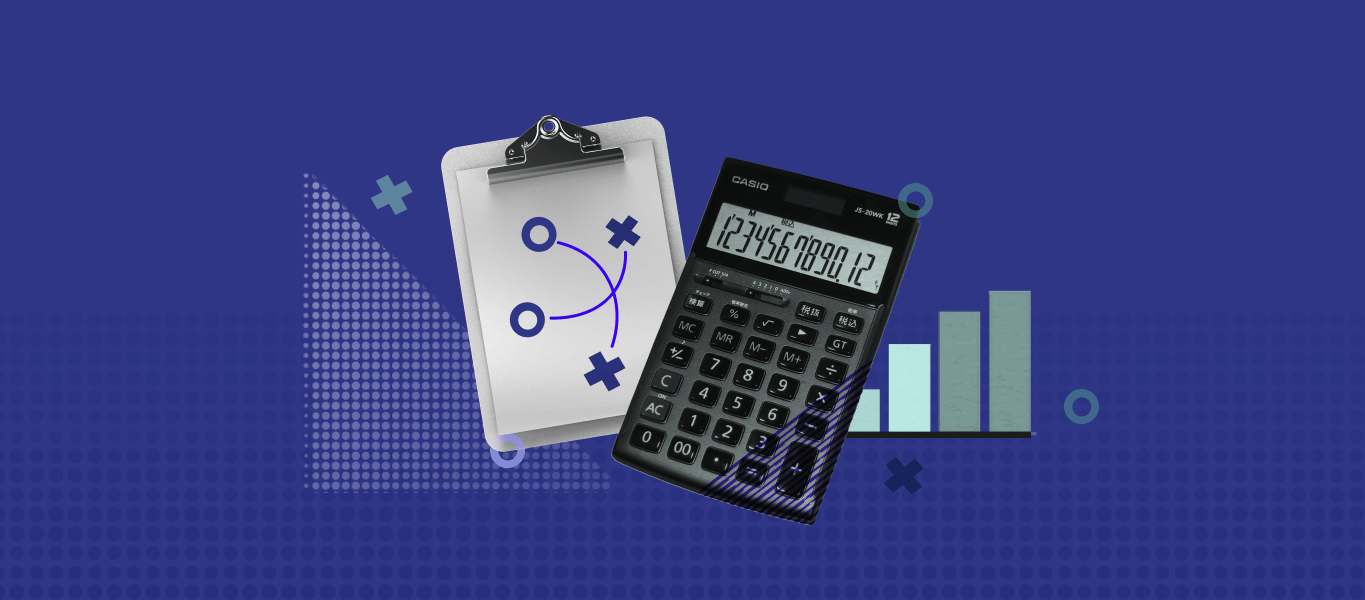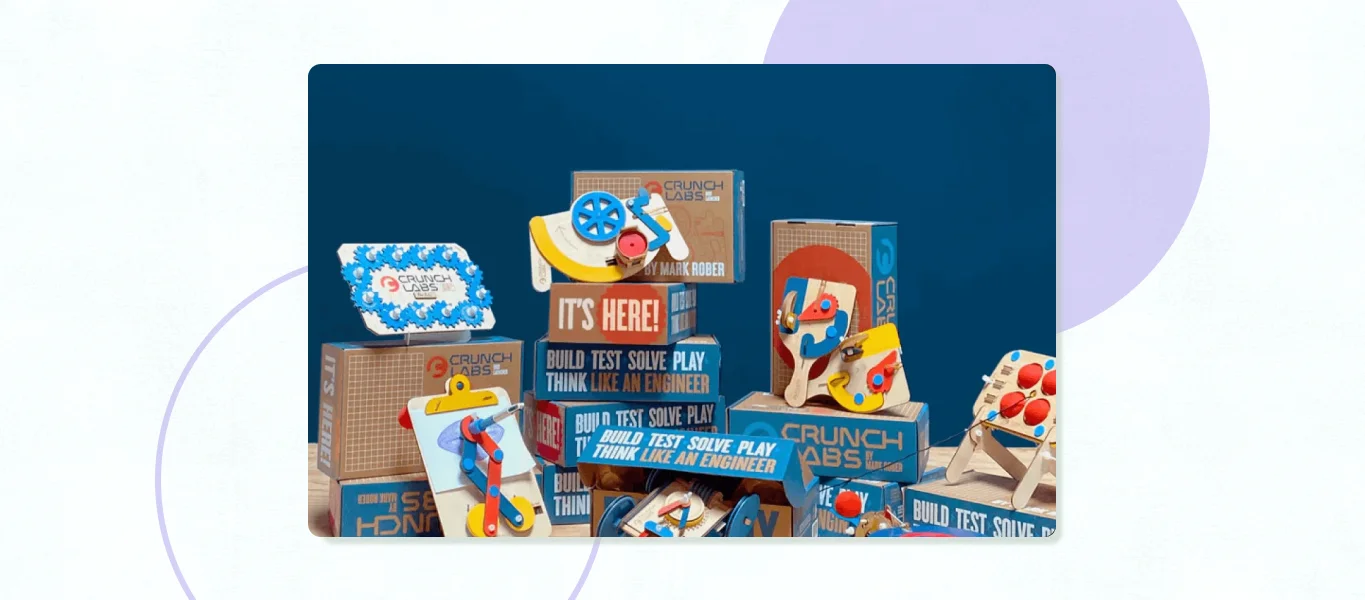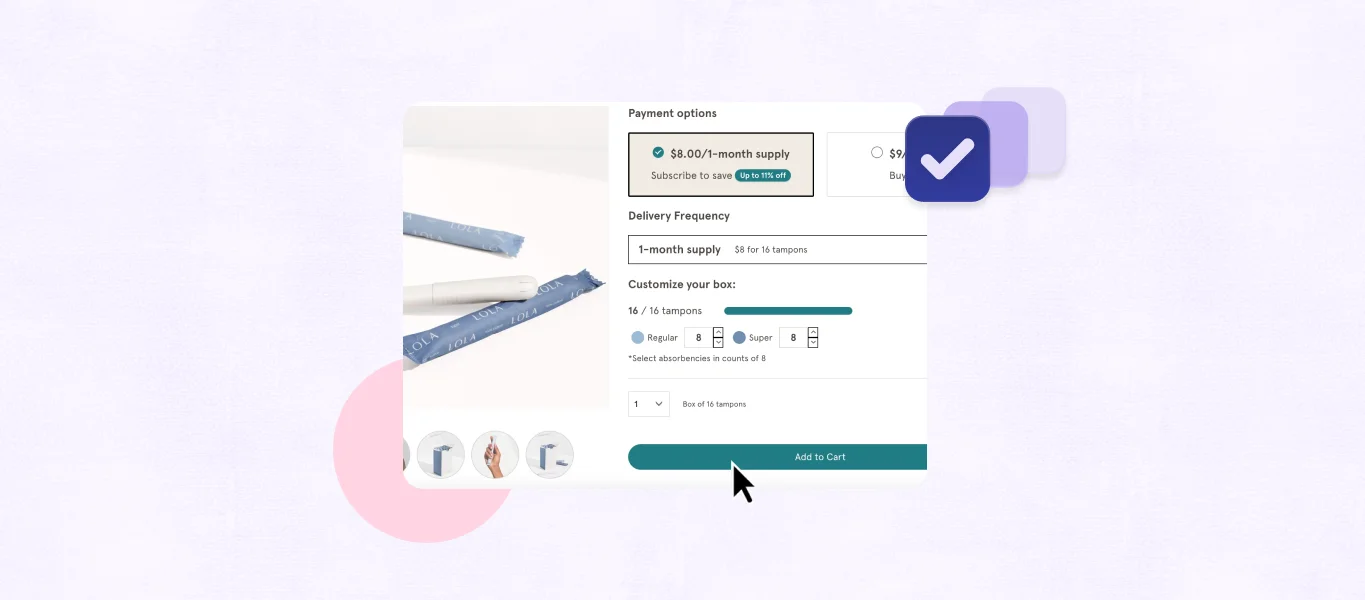Before you can reach the next level–for subscribers, sales, or success—you need to know where you are right now. Determining the health of your business can feel like a confusing and complicated process. With so many data points to analyze or trends to consider, how exactly should you assess? Well, there are a few key metrics that you should look at to get a good idea.
With these metrics, you can understand where your business is flourishing, and where you should focus your efforts. Establishing a baseline with these metrics will set you up to monitor change over time, and pivot your strategy as needed.
We teamed up with 12 of the industry’s top agency partners to bring you The Powerful & Profitable Subscription Playbooks. In these eight chapters, you’ll find innovative insights and actionable best practices from the best minds in the business.
In today’s post, we’re reviewing The Most Important Metrics you need to keep top of mind. Let’s dive in.
Lifetime Value (LTV)
Lifetime Value (LTV; also referred to as customer lifetime value/CLV) measures the average amount a person spends with a business throughout their customer lifespan, or the amount of revenue a business can expect from the average customer. LTV “is what a customer is worth to your brand over time,” explains Tate Lucas, CEO at DotDash.io.
Why is LTV important?
LTV answers the question, “How much revenue can we expect to get from the average customer while they are part of our subscription?” shares Adam Pearce, CEO at Blend Commerce. With this metric, “subscription brands can clearly compare this with the cost to acquire a customer and better understand their profit margin,” adds Pearce. LTV is essential for assessing your revenue flow and just how much your business is making.
LTV can also help you focus your efforts on your most loyal customers. Investing in your existing customers is more cost-effective, and serves to build brand loyalty and recognition over time. “It’s easier and less expensive to grow and keep customers than acquire new ones,” says Aaron Quinn, Founder & CEO at eHouse Studio.
Sean Glass, Senior Strategist at BVA, urges businesses to consider LTV in the long term. “With subscription programs, you will not see the results of any tactics that you implement until you have several cohorts of customers that experience the change,” Glass says.
Methods to grow LTV
- Deliver a great product: “You can have a brilliant marketing strategy, an award-winning customer service team, and a bulletproof business plan, but if you have a (bad) product… you’ll have a hard time getting customers to stick around,” adds Z, Founder at Tako Agency.
- Communicate with customers: “Make it extremely easy for subscribers to cancel and communicate it. You won’t build a lasting business by trying to trick people into a subscription,” shares Pierson Krass, Founder & Managing Director at Lunar Solar.
- Invest in the subscriber experience: “A customer experience post-purchase flow is a must. Set expectations for a customer on what they can expect once the product or box arrives, and most importantly, educate them on how to maximize the experience with these products,” advises Amer Grozdanic, Co-Founder & CEO at Praella.
Increasing LTV for subscription businesses
If you have a subscription business, here are some measures you can take to see LTV skyrocket:
- Offer exclusive perks: “We create special perks, unique rewards, or exclusive content that customers view as valuable, and that non-subscribers can’t get,” says Pierson Krass.
- Utilize upsells and cross-selling: “You can do this by a variety of methods such as bundling complementing products, incentivizing higher cart/order values by offering free shipping or a gift, or bundling products together in a new SKU,” adds Tate Lucas.
- Create a subscriber community:
“Asking subscribers to share images in reviews, to tag the brand in their posts, running contests, providing giveaways, and other in-between shipment activities will keep subscribers close to the brand. It will provide a feeling of them receiving more value than what is just the box.”
Amer Grozdanic, Co-Founder & CEO at Praella
Cost of acquisition (CAC)
Cost of acquisition (CAC) is the expense a business incurs by acquiring a new customer.
Calculating CAC
CAC is total expenses divided by the number of customers acquired. Let’s break it down with an equation using simple, small numbers. Let’s say you spend $400 on sales expenses and $600 on marketing expenses. Through those efforts, you acquire 100 new customers.
1,000/100 = 10
This means your CAC is $10.
Why is CAC important?
CAC rose in 2020, “as more brands were forced to adopt ecommerce sales channels as their primary source of revenue,” explains Tate Lucas. And this change is probably here to stay. With the convenience of online ordering, brands will continue to offer customers this option and invest in digital avenues. With a saturated market, brands must understand how to lower CAC so that they can invest resources in other aspects of the business.
Understanding CAC
As a metric, CAC needs to be considered with context. Looking at a single platform won’t give you the full picture. “Usually a customer might have multiple touches (such as a Facebook ad, opened email, branded search ad) all before their first purchase,” explains Pierson Krass. “For that reason, it’s key for brands to understand multi-touch attribution and really figure out which channels and platforms are contributing to the conversion and how they should be valued.”
Additionally, with “average CAC on social channels like Facebook and Instagram have risen YOY and we expect that trend to continue,” says Krass. Looking towards the future, there are some measures businesses can take to optimize CAC.
How to lower CAC
- Create a dedicated role: “Having good analytics data, and someone on the team to analyze that data is the other controllable way to lower your CPA,” offers Tate Lucas. “With this data, you can learn which ad language or photos are most effective, what audiences are most likely to convert, and so much more.”
- Become an early adopter: “Usually, newer platforms cost much, much cheaper than more mature, established companies like Facebook and others,” advises Amer Grozdanic.
- Focus on 1st party data storage:
“1st party data storage will become an extremely important tool to have at your disposal while putting even more value into returning customers, consumer loyalty, and LTV of your customer base.”
Matt Abbott, Head of Growth at Swanky
Lowering CAC for subscription businesses
- Explore email marketing: Subscriptions enable customer relationships, and email marketing can help nurture this connection. “Email Marketing has seen a large increase in use and after updating the structure of their flows,” shares Adam Pearce. And there have been impressive results—one brand “had a 218% increase in revenue from email,” added Pearce.
- Consider the lifetime as well: CAC offers a useful data point, but it doesn’t paint the whole picture. For subscription brands, CAC only happens once, so you’ll want to consider the lifetime value as well. For example, if you spent $20 acquiring a customer, “you may think your CAC is terrible, and that channel isn’t working,” says Pearce. “But if that product was a subscription for $20 per month for a year, this becomes a different story.”
- Low-priced entry offers: Lowering the barrier for entry gets more people in the door, and then there’s a chance they’ll stick around. You can provide “the “Just pay shipping!” offer or a heavily discounted first purchase offer,” suggests Pierson Krass.
Average order value (AOV)
Average order value (AOV) is a key metric and performance indicator for ecommerce businesses that measures the average dollar amount customers spend per order.
Calculating AOV
The formula for AOV is to divide a company’s revenue by its total number of orders. If your business makes $10,000 and you had 100 orders, each order had an average value of $100.
Increasing AOV
Every business wants to boost AOV since it will increase overall revenue. However, you want to be intentional with your strategy. Customers can get turned off by constant nudges to add more product. Here are some strategies for striking the right balance:
- Cross-sell and up-sell: With these tactics, you can nudge customers towards additional products or an upgrade to the one they’ve selected. Tate Lucas breaks it down: For cross-selling, “an example would be showing a pop-up or product area in your cart advertising the compatible product – e.g., showing batteries when an electric toothbrush is in the cart.” And for upselling, “merchants offer a slightly better product than the one the customer has selected – such as an improved model, or a bundle that includes the core product + something else.”
- Offer free shipping:
“A common nudge is offering free shipping with a minimum purchase amount and suggesting relevant cross-sell products to get them over the line.”
Aaron Quinn, Founder & CEO at eHouse Studio.
- Take them through an upsell journey: You can create a quiz to understand your customers’ needs and make appropriate product recommendations. “You are uncovering their perceived needs, addressing those needs and also gathering the information you need to provide relevant upsells/in-sale validation,” explains Matt Abbott, Head of Growth at Swanky
Increasing AOV for subscription businesses
- Offer products in bulk at a lower price: “Just be sure that you offer customers a way to adjust quantities or skip orders if they can’t use that bulk amount fast enough,” suggests Aaron Quinn.
- Make personalized recommendations in the customer portal: As a subscription business, you’ll have data regarding your customer’s preferences and order history. You can use this to make specialized suggestions.
- Rewards programs: Subscription businesses have a unique challenge for increasing AOV. Typically, a benefit of subscriptions is an agreed-upon cost and convenience— subscribers know what they’re paying and don’t have to re-engage with the process for every order. But, with their subscription, customers are continuously engaging with your brand. Creating a rewards program can nurture this engagement. “A well executed rewards program can draw customers in and keep them incentivized to add new products to their orders,” says Pierson Krass.
Churn
Churn rate (also referred to as attrition rate) calculates the percentage of customers who cancel their subscription (or “churn out”) over a set period of time.
Why is churn important?
The churn rate gives you insight into when your customers are leaving. It’s a crucial tool for assessing customer satisfaction. For example, suppose your customers churn out of your business soon after taking advantage of a discount. In that case, it’s worth taking another look at your marketing efforts and retention strategies to keep your customer base engaged and reduce churn.
Reducing churn
- Understand why customers are leaving: During the cancellation flow, ask customers for direct feedback on why they are leaving.
“Using answers from real customers, you can better understand how to make that perfect product fit for your customers.”
Sean Glass, Senior Strategist at BVA
- Communicate from the get-go: Make sure no one’s disappointed down the line and front load information. “Communicating proper expectations and even finding a way to exceed expectations will allow merchants to get a head start on maximizing customer experience,” shares Amer Grozdanic.
- Win back series: “The canceled subscription event can be passed to your ESP to trigger a canceled subscriber flow,” says Pierson Krass. “This is a good place to ask people why they canceled and reinforce the flexibility of your subscription program.” You can also invite the customer back to the program, maybe with a discounted offer.
Churn for subscription businesses
Churn is especially important for subscription businesses as it can help you diagnose and prevent cancellations.
- Implement cancellation prevention: Find out why your customer wants to cancel and offer a solution. “Present the customer with relevant cancellation prevention methods. For example, if the cancellation is the customer has too much product, reveal one-click action such as Delay 2 Weeks,” explains Thomas McCutchen, Founder & CEO at Scoutside
- Make subscriptions flexible: Customers want the ability to customize their subscriptions to fit their needs. “It’s preferable for a customer to skip an order or put their subscription on temporary hold versus unsubscribing,” adds Aaron Quinn.
- Empower customers to take control: Giving subscribers the freedom and flexibility to manage their subscriptions means that they can make the adjustments they want and increases engagement. “We also recommend companies implement email and SMS notifications on the status of their deliveries and renewals,” offers Mick McCarthy, Chief Design Officer at Zehner. “This touchpoint encourages users to pause or skip instead of canceling.”
For all the insights, tips, and advice, check out the full chapter here. And, for a complete deep dive into ecommerce success, explore the rest of the Powerful and Profitable Series.



